Perfrode
TPF Noob!
- Joined
- Dec 31, 2013
- Messages
- 1
- Reaction score
- 0
- Location
- Norway
- Can others edit my Photos
- Photos NOT OK to edit
TheNovignett square filter holder. I came up with this holder myself.
Thisfilter-holder causes no vignetting. As you can see, also a thinHeliopan 105 mm polariser can be fitted close to the lens. Severalsquare filters can be used together with the polariser. The reason isthat there is a 70 mm large gap on the sides of the holder that doesnot get in the way of the light that hits the photo-sensor. Why a 70mm gap?
Afull frame sensor is as old film 24mm x 36 mm. 100 mm (the filtersize) divided by 36 is 2.78. 24mm times 2.78 is 67 mm. Since thefilter vanes protrude a little above the filter, I increased the 67mm to 70 mm. This 70 mm allows the full width of the 100 mm squarefilter to come to its use together with the polariser. The holder canalso be rotated completely without vignetting. The only limitation isthe width of the 100 mm filter. No filter holder can fix this. Theholder itself will not cause any vignetting. The holder is aaluminium DIY (made in a workshop with CAD assistance) with partsfrom LEE-filters, the LEE-filter guiding vanes (cut to fit) and theslim ring. The lens on these photos are a 17-40 EF Canon lens and thecamera a 5D II.
TheLEE , Cokin, Formatt and other filter holders easily cause vignettingon wide-angle lenses if more than one filter is used. Fitting apolariser on these holders easily causes vignetting as they areplaced far from the lens and are round. The guiding vanes also"steal" 10 mm width of the square filters making themeffectively only 90 mm wide. This is signifficant on wide anglelenses.
TheNovignett Filterholder is far superior to any other filterholder. Formost wide-angle lenses the need for larger filters from Lee or Cokinto avoid vignetting is eliminated with the Novignett filter-holder,and it is free for you to make. You only need some guiding vanes fromLEE-filters and their WA slim ring. Some clever person can probablycome up with even a better solution. The clue is the gap on the sidesthat let light hit the sensor through the full width of the squarefilter.
Take a look at my photo and also on photo.net under Per Johannessen
Thisfilter-holder causes no vignetting. As you can see, also a thinHeliopan 105 mm polariser can be fitted close to the lens. Severalsquare filters can be used together with the polariser. The reason isthat there is a 70 mm large gap on the sides of the holder that doesnot get in the way of the light that hits the photo-sensor. Why a 70mm gap?
Afull frame sensor is as old film 24mm x 36 mm. 100 mm (the filtersize) divided by 36 is 2.78. 24mm times 2.78 is 67 mm. Since thefilter vanes protrude a little above the filter, I increased the 67mm to 70 mm. This 70 mm allows the full width of the 100 mm squarefilter to come to its use together with the polariser. The holder canalso be rotated completely without vignetting. The only limitation isthe width of the 100 mm filter. No filter holder can fix this. Theholder itself will not cause any vignetting. The holder is aaluminium DIY (made in a workshop with CAD assistance) with partsfrom LEE-filters, the LEE-filter guiding vanes (cut to fit) and theslim ring. The lens on these photos are a 17-40 EF Canon lens and thecamera a 5D II.
TheLEE , Cokin, Formatt and other filter holders easily cause vignettingon wide-angle lenses if more than one filter is used. Fitting apolariser on these holders easily causes vignetting as they areplaced far from the lens and are round. The guiding vanes also"steal" 10 mm width of the square filters making themeffectively only 90 mm wide. This is signifficant on wide anglelenses.
TheNovignett Filterholder is far superior to any other filterholder. Formost wide-angle lenses the need for larger filters from Lee or Cokinto avoid vignetting is eliminated with the Novignett filter-holder,and it is free for you to make. You only need some guiding vanes fromLEE-filters and their WA slim ring. Some clever person can probablycome up with even a better solution. The clue is the gap on the sidesthat let light hit the sensor through the full width of the squarefilter.
Take a look at my photo and also on photo.net under Per Johannessen


![[No title]](/data/xfmg/thumbnail/42/42276-99df5da06c3e5dc83ae4bab11e935910.jpg?1619740085)

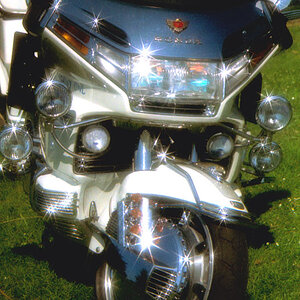
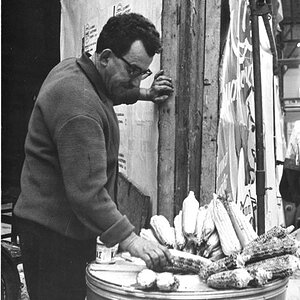
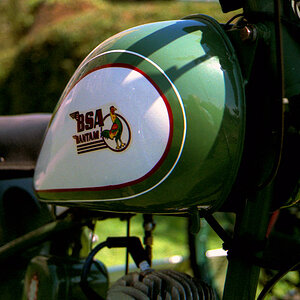

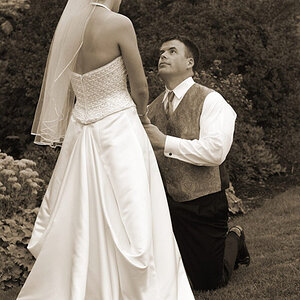
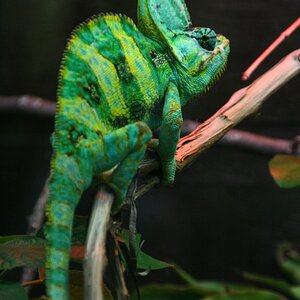
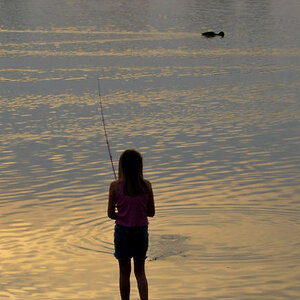
![[No title]](/data/xfmg/thumbnail/42/42274-5bec1b32caba5fed4a680bc5be4d0202.jpg?1619740083)

